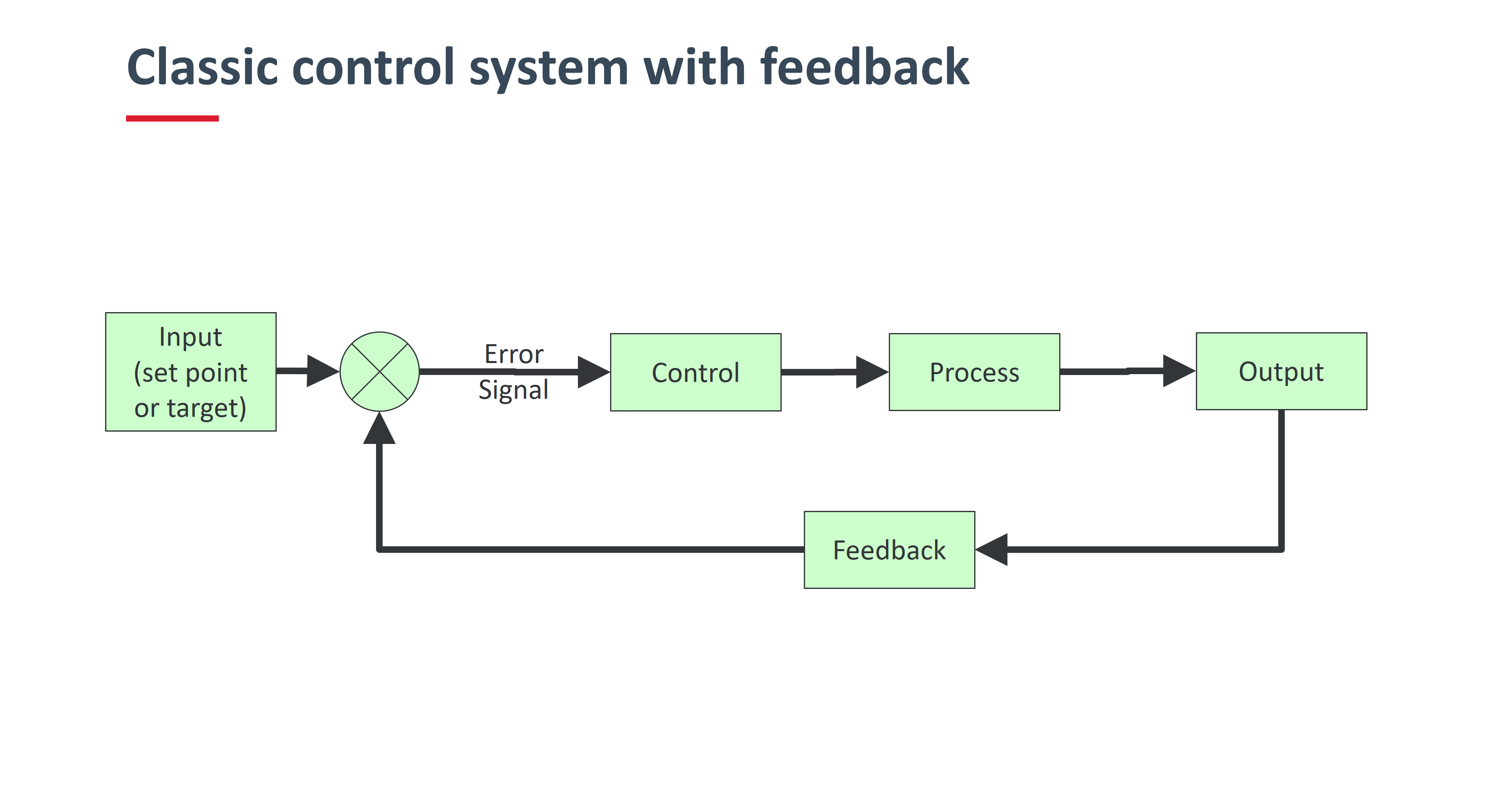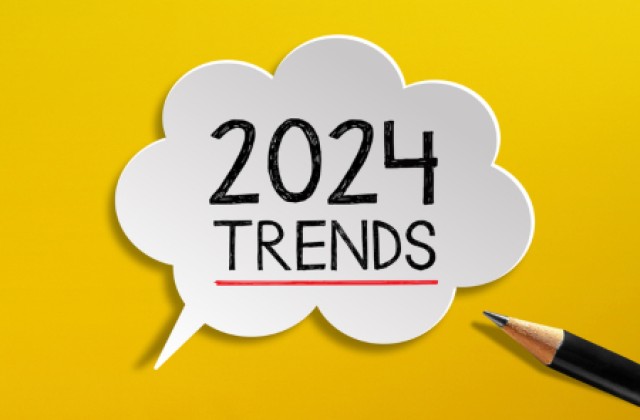
Get the right stuff to the right place at the right time with minimal cost while keeping the customer satisfied – what’s so hard about supply chain management? As the public has seen in the last couple of months, this deceptively simple proposition is very complex. Customers have increasingly high expectations for delivery, and more and more products are comprised of many parts sourced in an interconnected global supply chain. Supply chains are so tightly coordinated across this complexity that they are prone to disruptions, even those with few raw materials that are sourced and made domestically, such as toilet paper.
Supply chain execution is winning the day
While the supply chain vision of improved forecast accuracy seems like an enticing path to reduce the gap between supply and demand, it is execution through concurrent planning that is paramount to supply chain resilience in the face of disruption. The ability to respond quickly in a disruption offers agility that wins the day, because delays in response can increase instability in the supply chain. So how do we reduce delays to improve supply chain execution? One creative possibility put forth by Kinaxis co-founder Duncan Klett is to consider the similarities between a supply chain and a control system, with a car’s cruise control system as a familiar example.
Learning from control system theory
In a classic engineering control system, errors produce feedback that loops back to create adjustments in the production process. As you drive down the highway with cruise control on, your setting of 70 mph is maintained by the system adjusting the throttle as your car ascends, descends and curves, course-correcting based on feedback from the road. Thankfully, cruise control has improved over time – remember the days of those jerky adjustments?

Supply chains are inherently full of variability – lot sizes, fluctuations in demand, fluctuations in supply, to name a few examples. But perhaps the easiest variability to control in a supply chain is delay in response, which can jerk a supply chain as well as a car. The Smith Predictor Model extends control system theory to reduce the latency in the system response by modeling the physical process to predict its outcome in advance. Combined with the system response, this intervention can reduce delays in the system. Reduced delays lead to increased stability and better performance.

Supply chains are full of functional silos, where each link in chain optimizes locally, but these improvements don’t address the delays in the hand-offs between silos. A physical model can provide a single view of the supply chain, instead of its constituent silos, and be used to take a system approach using concurrent planning. This model is akin to a digital twin, which is a digital replica of assets, processes, products, or services. Building a digital model and predicting outcomes can improve system responsiveness, reduce latency, and as a result reduce or eliminate the bullwhip effect.
How can AI/ML build on control system theory?
With a digital model of the supply chain, predicting its behavior is a perfect opportunity for the application of artificial intelligence and machine learning (AI/ML). One popular application of AI/ML today is to improve forecast accuracy. Beyond classic demand forecasting, methods like demand sensing bring in additional signals beyond historical data to generate better forecasts. But factors other than demand can impact supply chain variability. Production yields or lead times can also bring complexity. In supply chains with many parts, accounting for the lead times on each individual part can be impossible, so stale assumptions are used and spread like peanut butter across what seem like similar parts (but may not be). AI/ML can instead predict lead times for each part and, combined with processing rules, automate adjustments, not unlike cruise control, as seen in the RapidResponse® Self-Healing Supply Chain™.
Thinking of a supply chain like a control system can yield rich insights and offer footholds for the introduction of AI/ML. Doing so can improve the supply chain’s ability to respond quickly and reduce latency. Now more than ever we are seeing a live experiment in the importance of agility and concurrent planning for supply chain execution. We would be wise to consider how this classic engineering theory, combined with newer advances in AI/ML, can strengthen the resilience of supply chains.
To learn more, read the full article by Duncan Klett on “Smarter Supply Chains through AI,” which first appeared in the Winter 2020 issue of Foresight magazine.





